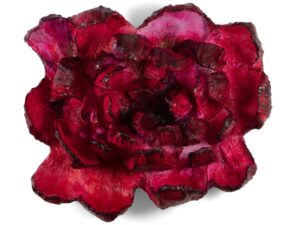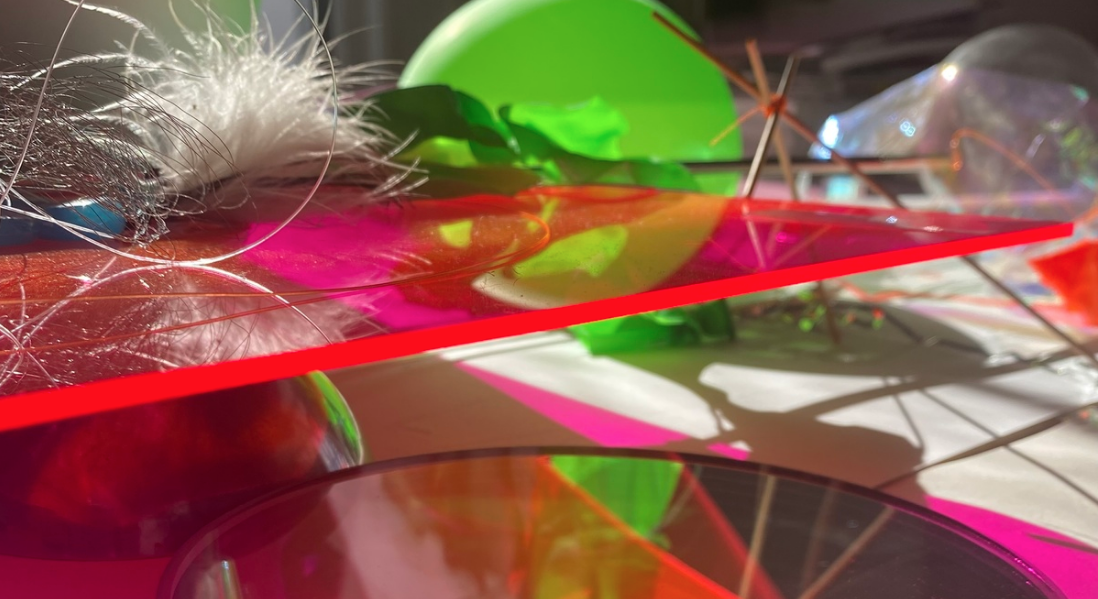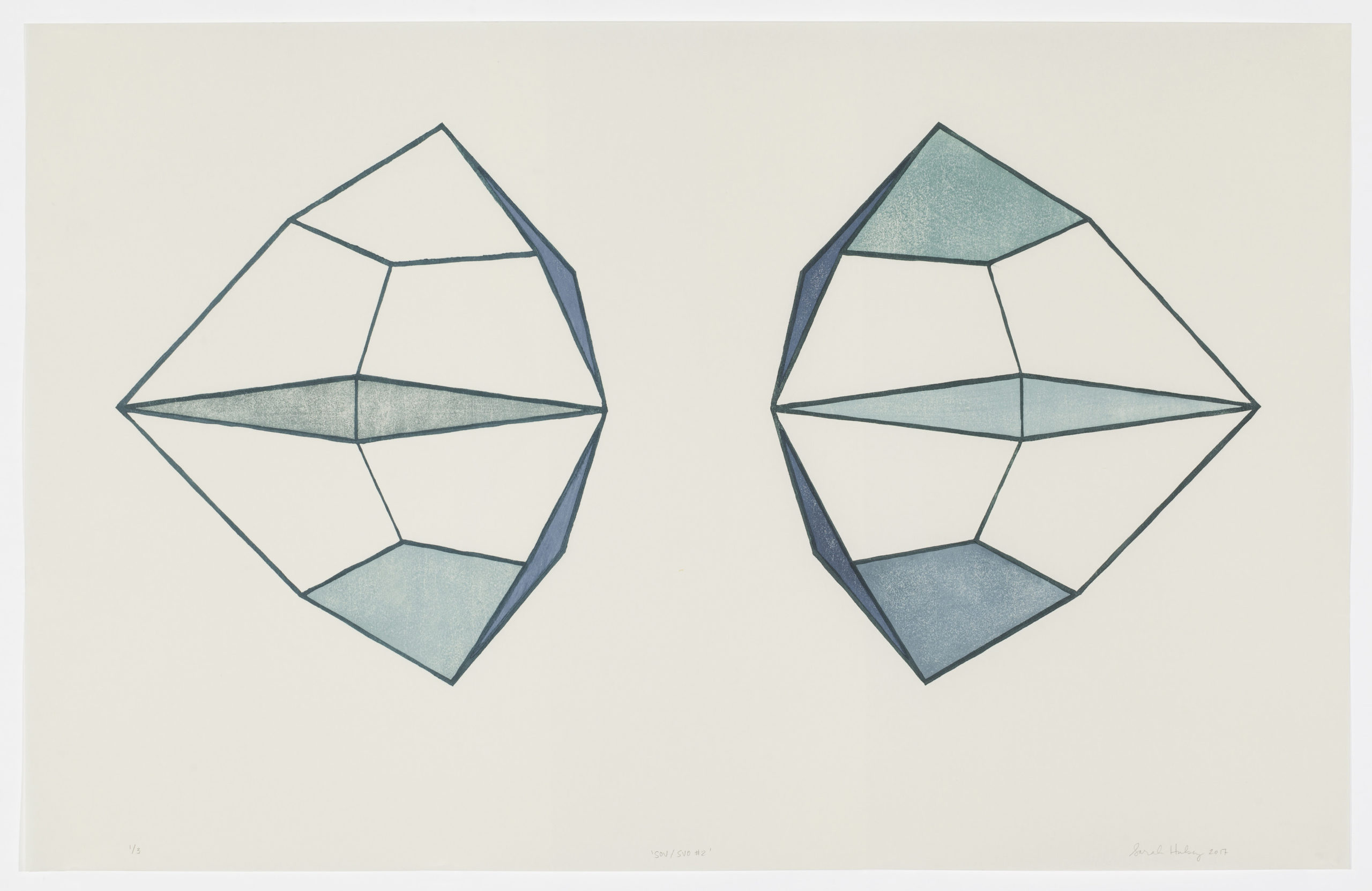February Artist Updates A glimpse into what our past and present Creative Entrepreneur Fellows and Walter…

Meet the 2024 Walter Feldman Fellows
Now in its 10th year, the Walter Feldman Fellowship for emerging artists supports the professional careers of visual artists through gained knowledge of exhibition practices, alternative presentation of projects and curatorial and professional development support. This includes expert guidance on improving business skills for the effective presentation and promotion of work. This year’s recipients, Jo Nanajian and Rowan Raskin draw inspiration from their own identities and experiences growing up to discuss themes of immigration and queer kinship.
 Jo was introduced to art at a young age and often communicated through drawing as a child. Originally from Beirut, Lebanon, she immigrated to America at the age of 12 and later studied illustration at the Maryland Institute College of Art. She developed a passion for fine art after studying medical illustration and was drawn to the freedom of being able to create something new and put her body into art rather than recreating diagrams and images that already existed.
Jo was introduced to art at a young age and often communicated through drawing as a child. Originally from Beirut, Lebanon, she immigrated to America at the age of 12 and later studied illustration at the Maryland Institute College of Art. She developed a passion for fine art after studying medical illustration and was drawn to the freedom of being able to create something new and put her body into art rather than recreating diagrams and images that already existed.
Scale, color, and materials are important aspects of Jo’s work. Starting on a wood panel, she uses a variety of material such as nylon, wire, and sand to build the composition. Working on a large scale allows her to use more materials to create a feeling of being overwhelmed and put her body into her work. Using a wide range of materials adds stimulation and playfulness to her work, but also explores different textures. She is interested in using different shades of color and exploring how texture affects it.

“I use whatever material I can come up with to recreate this form or texture that I have in my mind. I kind of like Nylon because I love the stretchy material and lines that it makes…it looks so tight and tense like it’s going to rip when you touch it. Or, for example, the way sand or crystals sit together on a piece almost looks like a growth or a mold or an infestation.”
Her work touches on dual experiences as an immigrant between two homes while also conveying a sense of longing for home. She finds inspiration from seeing dried flowers upon entering someone’s home and uses it as a metaphor for missed moments with family abroad.

“I’m fascinated with dried flowers because when you enter someone’s home and you see dried flowers it’s usually connected to some form of memory, people, or relationships. I think about being here [in America] and not being home and how I have missed out on things and haven’t been able to be there for things. It’s kind of like instead of bringing home those flowers, I have to recreate them to commemorate something for myself…it’s a way to honor the life I would’ve had if I stayed home.”
 Like Jo, art was an integral part of Rowan’s childhood. Rowan’s interest in art was encouraged by many generations of artists in their family and they picked up oil painting as a child. After studying glass at the Rhode Island School of Design, they have since worked with several different mediums including painting, photography, and performance art.
Like Jo, art was an integral part of Rowan’s childhood. Rowan’s interest in art was encouraged by many generations of artists in their family and they picked up oil painting as a child. After studying glass at the Rhode Island School of Design, they have since worked with several different mediums including painting, photography, and performance art.
Growing up in Arizona, much of Rowan’s work lends itself to Southwest aesthetics. Their work features death, decay, and roadkill as a vehicle to discuss queer and transgender bodies inspired by their hobby of searching for bones growing up.

“I think in many ways queer bodies exist as the roadkill of our society. We are at best ignored and at worst brutalized for our simple act of living true to ourselves. In this way, I find kinship in the beauty and the horror of rotting animals. Just like our act of living as transgender beings is often treated with horror, disgust, and violence, I find solace in the immutable truth that we all come to rest in the cradle of the earth’s crust.”
Rather than turning away from death and decay, they challenge viewers to see the beauty in nature and natural processes. In doing so, they remind the audience that what is lost is not forgotten and that beauty exists in things that might not be seen as such. This practice has become routine not only in Rowan’s art, but in their personal life as well.
“We are all deserving of love and tenderness. It’s easy to choose fear and ignorance and to look away from things that make you uncomfortable, but to stare the horrors of life right in the eyes and still choose love, kindness, and generosity is the type of spirit I aspire to have.”

While their work discusses the more brutal aspects of nature, it also celebrates and uplifts the queer community through their own experiences. Their most recent work Give Us a Spin, Miss Nancy was inspired by their first Annual Gay Rodeo in Arizona and uses color to convey the vibrancy in the queer community and feeling of being at home. The movement of Miss Nancy’s dress commemorates the livelihood and expression as a celebration of the queer community. It is meant to depict a warm moment of finding home in queer gatherings.
As recipients of the Walter Feldman Fellowship, both artists shared their respective goals and what they hoped to accomplish during their time.
For Rowan, they are hoping to present their work in a solo show in hopes of connecting the narratives they’ve been working on in the studio in a cohesive setting. They are also hoping to put together a group gallery show of queer artists and creatives for next Pride season after participating in “The Jewel Box” show hosted by the Fort Points Arts Center that took place during Pride this year. In addition to their career goals, they are working towards diversifying narratives and identities represented in their art.
Jo is hoping to use this opportunity to work on applications to graduate school to continue pursuing an education in fine arts. Approaching her last year as an artist resident at the Boston Center of the Arts, she is also hoping to secure a solo exhibition and other opportunities to explore what installing her work would look like.



